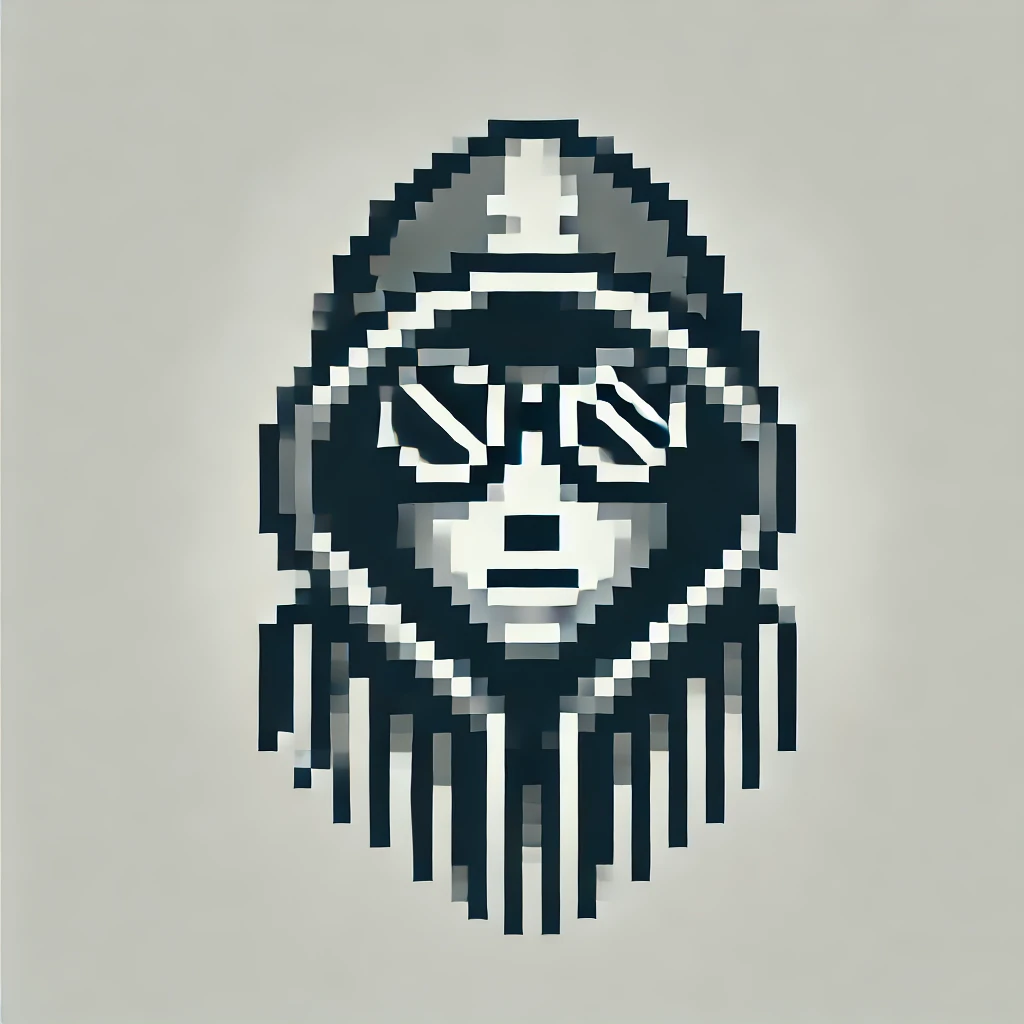124 reads
Navigating Validity: Understanding Limitations in This Pair Programming Study
by
August 1st, 2025
Audio Presented by

Pair Programming AI Companion. You code with me, I code with you. Write better code together!
Story's Credibility

About Author
Pair Programming AI Companion. You code with me, I code with you. Write better code together!